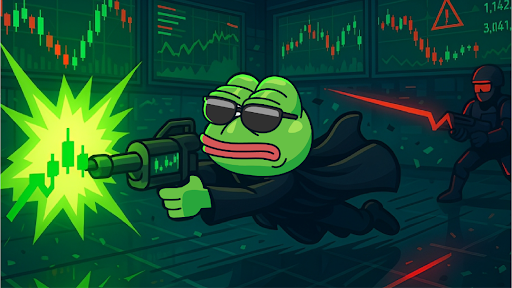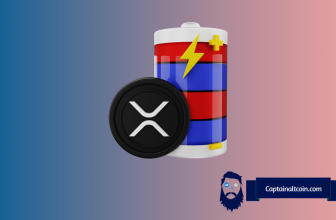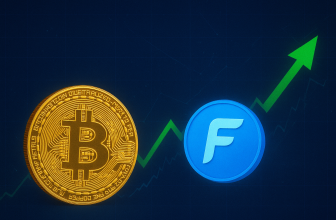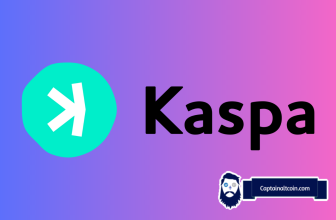
What you'll learn 👉
Global Oil Crisis Looms— Can China Stop Iran’s Strait of Hormuz Threat?
Amid escalating geopolitical tensions in the Middle East, triggered by a series of significant U.S. airstrikes on crucial Iranian nuclear facilities—including prominent uranium enrichment sites at Fordo, Natanz, and Isfahan—Iran has responded assertively. The Iranian parliament recently approved a provocative motion that could potentially authorize the closure of the strategically vital Strait of Hormuz. This narrow waterway, merely 21 miles wide at its narrowest point, stands as one of the globe’s most significant maritime chokepoints, facilitating the transit of approximately 20% of the world’s petroleum and liquefied natural gas (LNG) supplies.
The ramifications of this closure would ripple profoundly through global economic stability. Countries heavily reliant on Persian Gulf oil, notably China, India, Japan, and South Korea, face substantial risk, potentially encountering catastrophic spikes in energy costs and disruptions in their energy security strategies. The Strait’s strategic significance also extends far beyond energy, directly affecting global trade routes and potentially triggering significant price volatility across multiple commodity markets, thereby exacerbating inflationary pressures worldwide.
Economic Suicide or Strategic Gamble? Inside U.S.-China-Iran Triangle
Reacting swiftly, the United States has intensified diplomatic efforts to counteract this emerging threat. Secretary of State Marco Rubio, in a statement widely covered by international media, categorically labeled Iran’s potential closure of the strait as an act of “economic suicide,” stressing that it would severely damage Iran’s own economy, which is already reeling under extensive international sanctions. Rubio appealed directly to China, urging Beijing to utilize its significant diplomatic and economic leverage to influence Tehran’s decisions. China’s role as a primary importer of Gulf oil places it uniquely as a diplomatic power broker capable of stabilizing regional tensions and safeguarding international maritime commerce.
China’s response thus far remains ambiguous, with diplomatic channels maintaining relative silence, further heightening international apprehension. Shipping companies operating in the region are already taking precautionary measures. Industry leaders such as Nippon Yusen Kaisha (NYK) and Mitsui O.S.K. Lines (MOL) have begun to redirect and delay their shipping routes through safer alternative waterways, significantly increasing operational costs and uncertainty within global logistics networks. Maritime insurance premiums are also surging, reflecting the heightened risk associated with navigation near Iran.
Meanwhile, global financial institutions and market analysts are closely monitoring the unfolding crisis. Goldman Sachs analysts have publicly warned that an actual closure of the Strait of Hormuz could propel Brent crude oil prices sharply upward, easily surpassing the psychological barrier of $100 per barrel. Extended disruption scenarios have even suggested prices could spike to $150 or beyond, compounding existing global inflationary challenges and placing intense pressure on economic growth projections worldwide.
The International Monetary Fund (IMF) and the European Central Bank (ECB) have echoed these concerns, cautioning policymakers about the widespread implications of a prolonged Hormuz blockade. Potential outcomes include intensified inflationary pressures, severe trade disruptions, and significantly slowed global economic recovery. As a critical decision by Iran’s Supreme National Security Council looms, nations worldwide are positioning themselves diplomatically and economically to navigate a rapidly evolving, precarious scenario.
Given the high stakes involved, the United States continues its proactive diplomatic engagement, emphasizing collective international action—particularly leveraging China’s economic interests—to defuse tensions and mitigate the risk of an unprecedented global economic disruption.

From Crisis to Crypto Boom— Neo Pepe Coin’s ($NEOP) Unmissable Presale Opportunity
As geopolitical uncertainties shake traditional markets, savvy investors are diversifying into crypto assets with structured long-term potential. Leading the charge is Neo Pepe Coin ($NEOP), rapidly establishing itself as 2025’s best pepe coin and top crypto presale opportunity.
Why Neo Pepe Is Crypto’s Next Big Thing
Neo Pepe distinguishes itself from traditional meme coins by embedding robust governance and structured tokenomics within its presale. Its ongoing 16-stage presale has already generated substantial interest, raising over $2 million as it heads into stage 4, pricing tokens around $0.07 each.
Unmasking NeoPepe: The Meme Coin with a Mission
Discover why crypto enthusiasts are closely tuning in to Token Empire‘s incisive analysis of the Neo Pepe Presale, as they skillfully elucidate the project’s sophisticated presale strategy, exceptional governance framework, and novel liquidity mechanisms, revealing precisely why this coin is increasingly captivating discerning investors.
Key features positioning Neo Pepe as the top pepe coin:
- Decentralized Autonomous Organization (DAO): Every significant decision—from token burns to exchange listings—is driven by token holders. This transparent governance structure ensures no central control.
- Stability Mechanisms: Hourly token unlocks and a built-in auto-liquidity burn mechanism prevent drastic price fluctuations, enhancing long-term investor confidence.
- Community Engagement: Gamification features like staking leaderboards and meme contests actively engage investors, incentivizing long-term holding.
Prominent crypto influencer “InvestAnswers” recently praised Neo Pepe’s innovative presale mechanics and community-driven governance model, further solidifying its reputation among seasoned crypto investors. Additionally, the coin’s strategic approach includes confirmed integrations with decentralized exchanges like Uniswap and pending listings on major centralized exchanges such as Binance.
Investors seeking not just hype but substantial long-term value might find Neo Pepe’s structured presale an attractive proposition. If you value strategic depth and community-driven governance in crypto, you might want to get a little Neo Pepe while early-stage opportunities remain.
From the looming geopolitical threat over Hormuz to the proactive resilience embedded in crypto assets like Neo Pepe Coin, the landscape of investment opportunities continues to evolve. Now might be the ideal moment to diversify into assets poised to withstand global economic uncertainties.
Get Started with $NEOP
Website ~ Whitepaper ~ Telegram ~ Twitter

DISCLAIMER: CAPTAINALTCOIN DOES NOT ENDORSE INVESTING IN ANY PROJECT MENTIONED IN SPONSORED ARTICLES. EXERCISE CAUTION AND DO THOROUGH RESEARCH BEFORE INVESTING YOUR MONEY. CaptainAltcoin takes no responsibility for its accuracy or quality. This content was not written by CaptainAltcoin’s team. We strongly advise readers to do their own thorough research before interacting with any featured companies. The information provided is not financial or legal advice. Neither CaptainAltcoin nor any third party recommends buying or selling any financial products. Investing in crypto assets is high-risk; consider the potential for loss. Any investment decisions made based on this content are at the sole risk of the readCaptainAltcoin is not liable for any damages or losses from using or relying on this content.







